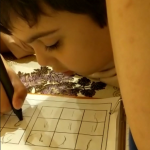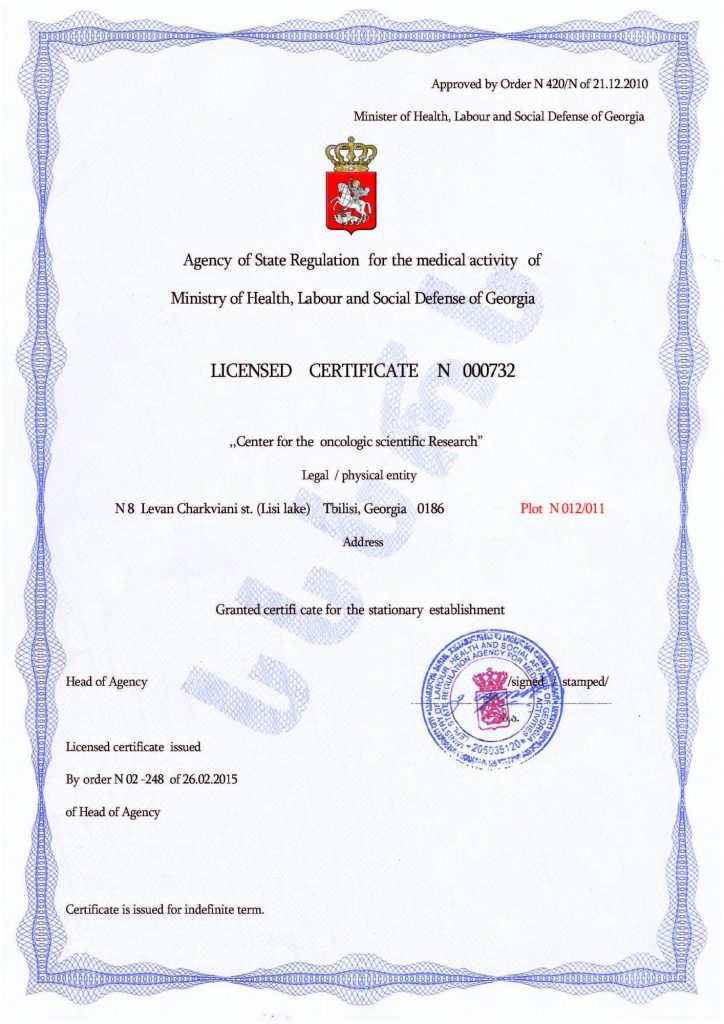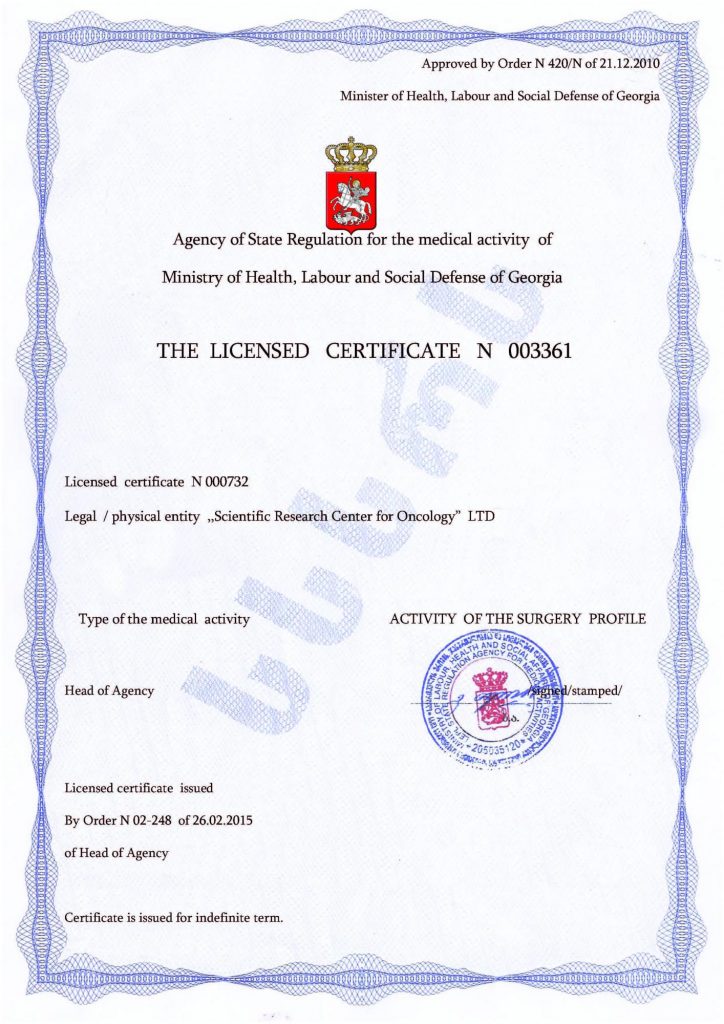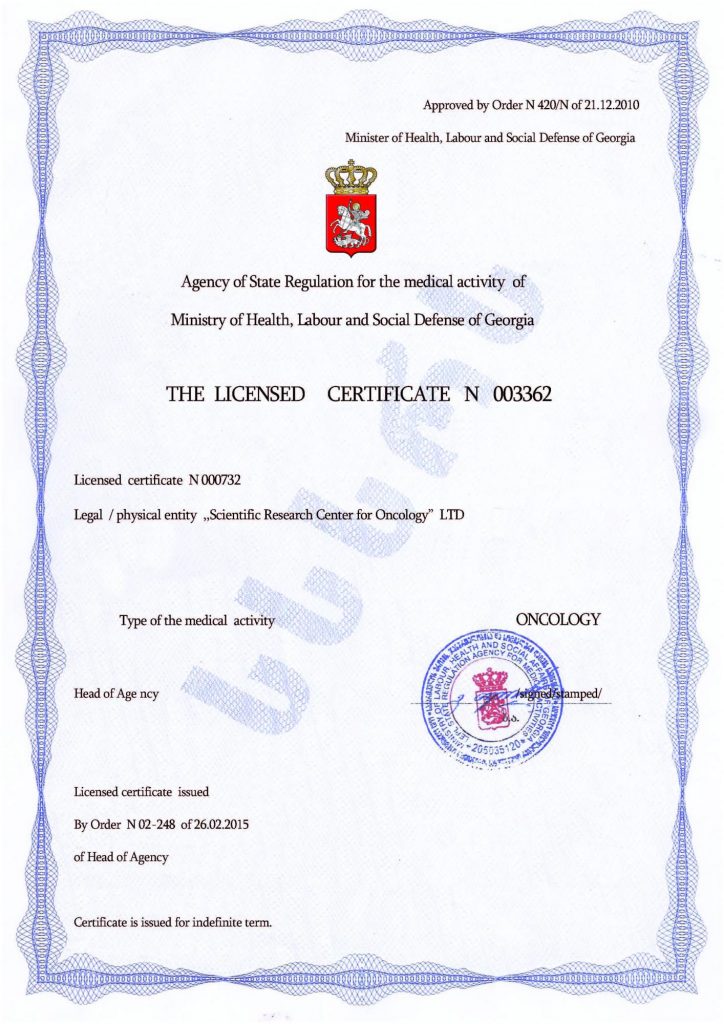How to Love Someone with Autism
Loving someone with autism can be deeply rewarding, but it requires understanding, patience, and flexibility. Every person with autism is unique, and their needs, preferences, and communication styles may vary. Here are some key ways to build a loving and supportive relationship with someone who has autism:
1. Educate Yourself About Autism
- Learn About Autism: The more you understand autism, the better you can support and connect with the person. Autism is a spectrum, and each individual experiences it differently. By reading about autism, attending workshops, or speaking with professionals, you can gain insight into their world.
- Understand Sensory Sensitivities: Many individuals with autism have heightened or reduced sensitivity to sensory stimuli, such as sounds, lights, textures, or smells. Being aware of these sensitivities can help you create a more comfortable and understanding environment for them.
2. Practice Patience and Flexibility
- Be Patient with Communication: Communication may be difficult for some individuals with autism, whether it’s verbal or non-verbal. If they struggle to express themselves, be patient and give them time. Learn their preferred way of communicating, whether through speech, sign language, pictures, or gestures.
- Adapt to Their Needs: People with autism may have specific routines or rituals that help them feel secure. Be flexible and understanding when changes occur, and avoid pushing them into situations that might overwhelm them. A little patience can go a long way in making them feel safe and loved.
3. Respect Their Autonomy
- Acknowledge Their Individuality: Every person with autism is unique. Avoid making generalizations or assumptions. Recognize and appreciate their strengths, interests, and talents. Support their goals and respect their personal space and boundaries.
- Encourage Independence: While offering support is important, it’s also essential to encourage independence where possible. This boosts their confidence and helps them grow in areas that matter to them.
4. Be Attuned to Their Emotional Needs
- Watch for Non-Verbal Cues: Some individuals with autism may not always be able to express their emotions verbally. Pay attention to body language, facial expressions, or other non-verbal signals that may indicate how they’re feeling.
- Offer Reassurance: Many people with autism feel anxious or overwhelmed in unfamiliar situations. Offering gentle reassurance, physical comfort (if they are receptive to it), or providing a quiet space can help them manage difficult emotions.
5. Create a Supportive Environment
- Minimize Overstimulation: Since many individuals with autism are sensitive to sensory input, creating a calm and quiet environment can help reduce stress. Minimize loud noises, bright lights, or crowded spaces, and offer calming activities that they enjoy.
- Be Consistent and Predictable: People with autism often find comfort in routines. Keeping things predictable can help reduce anxiety and make them feel more secure. Inform them in advance about any changes to their routine whenever possible.
6. Celebrate Their Strengths and Interests
- Focus on Their Strengths: Many people with autism have exceptional abilities in certain areas, such as art, music, math, or memory. Celebrate and encourage their strengths, and let them explore and develop these talents.
- Engage with Their Interests: If they have particular interests or hobbies, find ways to connect with them over these topics. Whether it’s a favorite book, activity, or subject, showing interest in their passions can strengthen your bond.
7. Be an Advocate
- Stand Up for Them: If the person faces challenges in society, such as discrimination or misunderstanding, be their advocate. Help others understand autism and promote inclusivity in social, educational, or work settings.
- Support Their Needs: Help them access resources, therapies, and other forms of support they may need. Encourage self-advocacy skills, and empower them to express their needs when possible.
8. Show Love in Your Own Way
- Affection and Love: Every person experiences love differently. Some may enjoy physical affection, like hugs or hand-holding, while others may prefer verbal expressions of love or acts of service. Get to know their preferences and show love in ways that feel meaningful to them.
- Celebrate Small Wins: Be sure to acknowledge and celebrate their progress, no matter how small. Recognize their efforts, accomplishments, and unique qualities.
9. Practice Self-Care
- Take Care of Yourself: Loving someone with autism can sometimes be challenging, so it’s essential to practice self-care. Take time for your own well-being, seek support when needed, and connect with others who understand the experience. This will enable you to show up as the best version of yourself in the relationship.
Loving someone with autism involves understanding, patience, and flexibility. By being supportive, respectful, and empathetic to their needs and individuality, you can build a strong, loving, and fulfilling relationship. Each person with autism is unique, so the best way to love them is to take the time to understand who they are and meet them where they are, in a way that makes them feel valued and appreciated.
Autism Treatment Center Videos
Autism treatment with own stem cells
Cord blood association congress
International Quality Crown
Autism Treatment Reviews
Autism treatment with own stem cells
The story of Alessandro (6 years old)
Autism Patient Testimonial - Stem Cell Treatment
Clients Testimonials

Feedback from Yulia, mother of Emily (7 years old) Read More

Feedback by Everita, Katrina’s mother (5 years old) Read More

Feedback from Igor, David’s father (12 years old) Read More

Feedback from Olga, Fedya’s mother Read More

Feedback from Natalia, Radomir’s mother (15 years old) Read More












